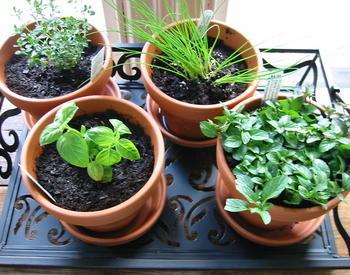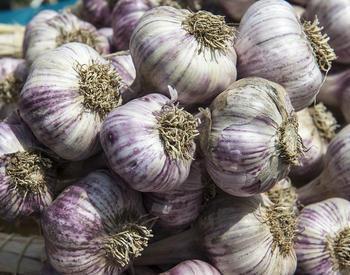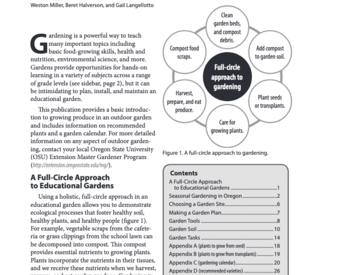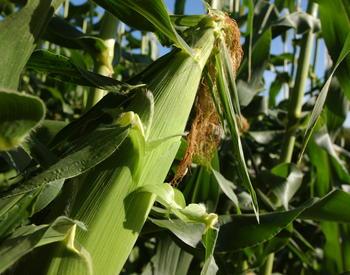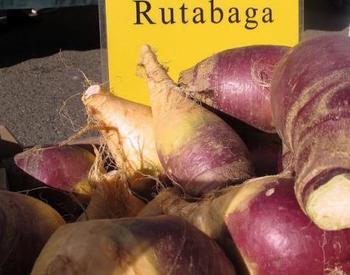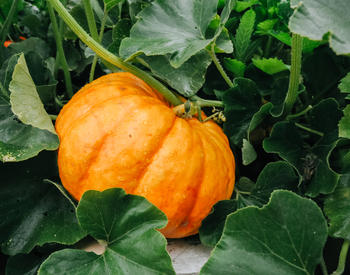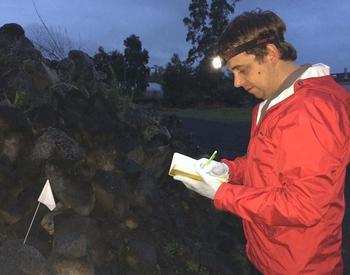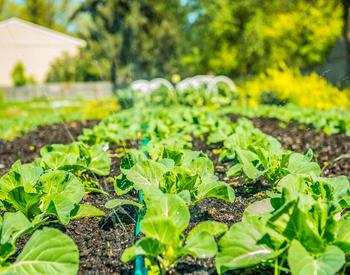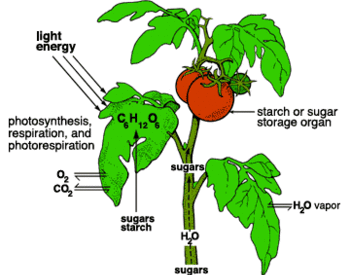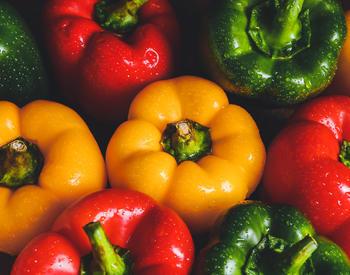CORVALLIS, Ore. -- Nothing drives Oregon vegetable gardeners to distraction like the elusive quest for a ripe crop of tomatoes. There’s the fickle weather to consider, diseases to battle and insects to thwart.
“Everyone wants to grow tomatoes,” said Amy Jo Detweiler, a horticulturist with Oregon State University’s Extension Service. “It’s a universal food people tend to like.”
Wanting to grow them and actually doing it are two different things, though. Short growing seasons on both sides of the Cascade Range and faint sun at the coast often mean tomatoes take their sweet time to ripen, if they do at all.
When shopping for tomatoes for shorter growing seasons, Detweiler recommends buying those with 60 to 70 days to maturity rather than 70 to 100.
“Some of those are ‘Legend,’ ‘Early Girl’ and ‘Siletz,’ all developed by OSU,” she said.
Cherry tomatoes like ‘Sun Gold,’ Gold Nugget’ and ‘Sweet Million’ ripen early and are a good bet for beginners. Big, beefsteak types can be challenging.
Tomatoes are either indeterminate or determinate, Detweiler explained. The former ripen throughout the season, while determinate can be harvested all at once for making sauces, salsas and the like. For detailed information and recipes for canning, refer to OSU Extension’s guide to Canning Tomatoes and Tomato Products (also available in Spanish: Elaboración de conservas de tomates y productos de tomates).
In colder climates east of the Cascades, growing tomatoes with protection is a necessity because of the possibility of frost at any time of year, according to Detweiler. If you don’t have a greenhouse, use a cloche or row cover. When plants are young, use water rings. They have channels of water that collect heat during the day and reflect it to plants at night and are readily available at garden centers. Covering the soil around plants with plastic sheeting will also help.
Detweiler’s tips for growing tomatoes:
- Select sturdy plants.
- Put in a plot that gets a good six hours of sun.
- Plant in well-drained soil that’s been amended with organic material such as compost or well-rotted manure.
- Pluck off leaves at the bottom of the stem and bury in soil 5 to 10 inches deeper than it came in the pot. Additional roots will form along the stem. As the plant grows remove branches and leaves close to the ground to help prevent soil-borne diseases.
- Give plants plenty of room so that air can circulate and sun can penetrate. This will result in more vigorous plants that can more easily fight off diseases or pests.
- Use a strong tomato cage or trellis for support.
- Start fertilizing about two weeks after planting with a 5-10-10 or 5-10-5 mixture. Feed according to package directions about every three weeks until fruit ripens.
- Don’t wait for soil to completely dry out between waterings. Irrigate deeply every two to three days, more often in particularly hot days.
- On side stems with no blossoms, pinch them off at the V where they meet a main stem. This will force energy to develop the fruit rather than plant foliage.
Get more information on all aspects of growing tomatoes in OSU Extension’s publication Grow Your Own Tomatoes and Tomatillos or call a Master Gardener in your area.




